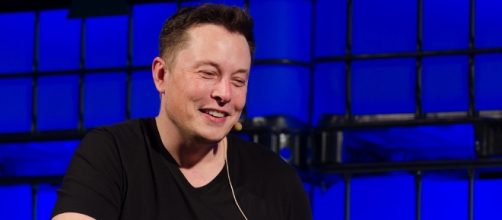Renewable energy could get a boost before year’s end as Tesla prepares to build a 100-megawatt lithium-ion battery in South Australia. The region has been wracked with blackouts since weaning itself from coal three years ago. The project will serve as an emergency backup. The state hopes to become energy independent from the country.
Prime Minister Malcolm Turnbull’s government is investing some $1.5 billion to expand hydropower in the region. The planned Snowy Hydro expansion 2,000-megawatt increase could power the equivalent of 500,000 homes, he said.
The scheme is subject to a feasibility study. The government also plans to build a $420 million 250,000-MW gas-fired power plant.
Elon Musk is promising to build the world's largest lithium ion battery within 100 days - or he'll do it for free https://t.co/YP5ksVHGA1
— BBC News (World) (@BBCWorld) July 7, 2017
$50 million gamble
Tesla’s renewable energy project would not be of that scale, but it would either be completed within 100 days of the contract being signed or free. If the company fails to meet the deadline CEO Elon Musk set, Tesla eats $50 million. The completed project would power 30,000 homes. Tesla will build the project on a wind farm owned by France’s Neoen, which is still under construction, according to Reuters.
The battery will store energy from Neoen's Hornsdale Wind Farm. It will deliver energy during peak usage hours to help maintain the state's supply. The theory is to charge the battery packs when you have excess power and where the cost is very low, and it discharges when the cost of production is high — this lowers the average cost per hour to the customer, according to Musk.
Renewable portfolio
Australia is a major exporter of coal and the rest of the country's energy portfolio includes coal. Australia will soon become the world's largest exporter of liquid natural gas. This has added to the state's embarrassment at coming up short on the energy front. A massive storm hit South Australia in September 2016.
Some 1.7 million residents were left without power when the grid collapsed. Between the rain, 80,000 lightning strikes and winds of more than 60 mph, the state was left in the dark for days. Conservatives were quick to blast liberals for compiling an energy portfolio with no coal. Liberals countered the storm was a weather event, not a renewable energy problem.
South Australia is a clean energy leader. It relies on wind, solar and gas for electricity. In particular, it has raced ahead of the rest of the country in turning to wind power, which supplies 40 percent of its energy. The move has been supported by environmentalists but left the state prone to outages since there is no way to store enough energy when the wind doesn't blow.
What happens when the wind doesn’t blow or blows too hard? If the Tesla test is successful, everyone must take note. Even though some environmentalists complain the batteries will have no measurable impact on global atmospheric CO2 or climate, the energy efficiency could revolutionize the renewable energy market.


